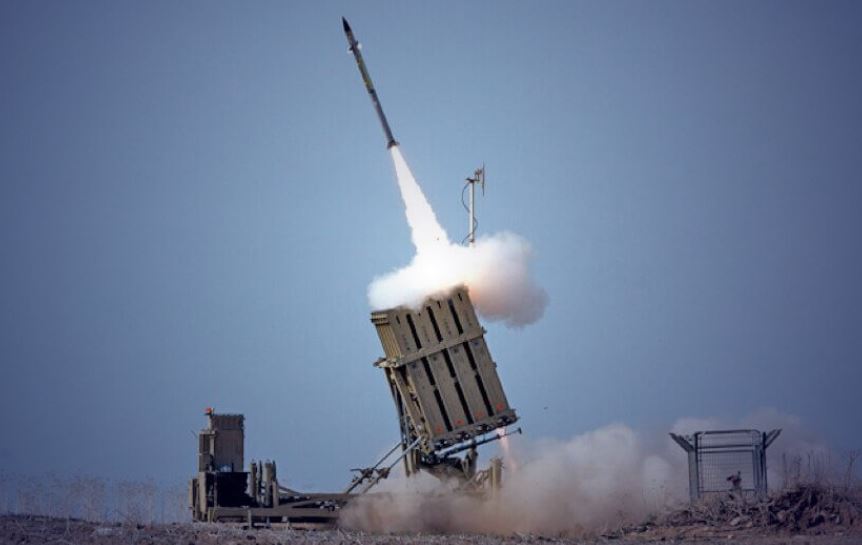
During the Israeli–Lebanese conflict, which is also commonly referred to as South Lebanon conflict,
Israel faced one of their greatest security challenges. In 2006, when Hezbollah, a Shia Islamist political party based in Lebanon launched thousands of missiles and posed great threats on the civilian Israeli population, Israel Defense Forces realised the need of an antimissile system.
This led to the birth of the Iron Dome, an antimissile system against short-range missiles, developed by Rafael Advanced Defense Systems with IDF. In February 2007, the development of Iron Dome was concluded and successful testing was carried out in 2009, in which the system successfully detained hundreds of rockets. The final testing took place in 2010, in which Iron Dome successfully intercepted only those missiles which posed a threat.
Iron Dome was officially adopted by Israel Defence in March 2011 and also got a chance to prove itself in March 2012, when terrorists based in Gaza launched more than 200 rockets within 72 hours. As per the reports, Iron Dome had successfully destroyed 52 rockets which were launched for mass destruction in Ashdod, Beersheva and Ashkelon.
Even though back in 1990, US defence officials had labelled the project as “impossible”, Iron Dome stands today as one of the most successful defence systems with interception rates higher than 2000 and success rate of 90% under its belt. Not only it deals with the missile threats, but also have proven to successfully protect against counter rockets, aircraft and areal as well as indirect threats. Iron Dome, a truck towed defence system can also counter artillery shells of 155mm having a range up to 70 kilometres.
Iron dome comes with three key features:
1. Tracking and detection radar.
2. BMC, which which is Battle Management and weapon control system
3. MFU, which stands for Missile Firing Unit.
The role of the Iron Dome radar is to track the path of the launched missile. As per the data, if the analysis concludes that the path taken by the missile poses a real threat on Israel, an interceptor is launched against the threat by running a command. It is made sure that the threat is destroyed in a neutral area before it touches the impact point.
Each rocket in Iron dome costs $20,000 and contains high-end sensors and various steering finds to ensure maximum mobility.
As per the reports, from 8th July 2014 to 26th August 2014, Iron Dome successfully destroyed 90% of the missiles that were launched from Gaza. From 7th July 2014 to 10th July 2014, Iron Dome had destroyed more than 100 rockets.
Once labelled as a “doomed” project by the governments, Iron Dome has successfully protected the grounds of Isreal for years. It is evident from the records that the power of the Iron Dome has been recognised by major countries, which is leading to international sales. While the United States has already finalised the purchase of two Iron Domes, it is reported that Romania and India have also signed deals with Isreal to acquire this powerful war machine.